
OE Shoulder Update
OE Shoulder Update

To unlock this feature and to subscribe to our weekly evidence emails, please create a FREE OrthoEvidence account
Already have an account? Click here
DISCLAIMER:
This podcast is for informational purposes only and is not intended to be a substitute for professional medical advice, diagnosis, or treatment. If you require medical treatment, always seek the advice of your physician or go to your nearest emergency department.
The opinions, beliefs, and viewpoints expressed by the individuals on this podcast do not reflect the opinions, beliefs, and viewpoints of OrthoEvidence.
OE Shoulder Update
Host:
Mohit Bhandari, MD, PhD, FRCSC
Editor-in-Chief, OrthoEvidence
Guest:
Moin Khan, MD., MSc., FRCSC, Dip. Sport Med
Assistant Professor
Department of Surgery
McMaster University
PERSPECTIVES
Drs. Khan and Bhandari talked about the trending topics of shoulder conditions, important studies to read and the research questions yet to be answered. Our discussion uncovered 4 core themes. These themes and their supporting insights are highlighted below.
1. Surgery does not show benefit for shoulder impingement syndrome
The role of surgery for shoulder impingement syndrome (SIS) is currently a very hot topic. There have been a number of recent trials that were published in the LANCET [1], the BMJ (British Medical Journal) [2] and other journals or conferences [3-7]. Dr. Khan said that these studies had shown no significant benefit of surgery for SIS compared to nonoperative treatments including placebo or sham surgery. A systematic review and meta-analysis that was published in 2020 in BJSM (British Journal of Sports Medicine) provides an overview of the topic and investigates several subacromial decompression surgical approaches for adults with shoulder pain [8]. The article is accompanied with a BMJ clinical practice guideline on the topic [9]. Drs. Khan and Bhandari regard that based on the available evidence, there is likely an additional added benefit of nonoperative treatments including exercise therapy, anti-inflammatory medications and subacromial corticosteroid injection than surgical decompression alone for patients with SIS.
Articles recommended by Dr. Khan - The role of surgery in shoulder impingement syndrome
3. ACE Report: Exercise vs acromioplasty and exercise for shoulder impingement syndrome
4. ACE Report: Arthroscopic acromioplasty may not be efficacious for shoulder impingement syndrome
6. ACE Report: No difference between surgery and nonoperative treatment for shoulder impingement
7. Khan, M., Alolabi, B., Horner, N., Bedi, A., Ayeni, O. R., & Bhandari, M. (2019). Surgery for shoulder impingement: a systematic review and meta-analysis of controlled clinical trials. CMAJ open, 7(1), E149. DOI: 10.9778/cmajo.20180179
8. Lähdeoja, T., Karjalainen, T., Jokihaara, J., Salamh, P., Kavaja, L., Agarwal, A., ... & Ardern, C. L. (2020). Subacromial decompression surgery for adults with shoulder pain: a systematic review with meta-analysis. British journal of sports medicine, 54(11), 665-673. DOI: 10.1136/bjsports-2018-100486
9. Vandvik, P. O., Lähdeoja, T., Ardern, C., Buchbinder, R., Moro, J., Brox, J. I., ... & Poolman, R. W. (2019). Subacromial decompression surgery for adults with shoulder pain: a clinical practice guideline. BMJ, 364. DOI: 10.1136/bmj.l294
2. The role of biologics in rotator cuff surgery
Drs. Khan and Bhandari regard biologics as a fast-moving specialty and a hot topic in rotator cuff surgery. From Dr. Khan’s perspective, platelet rich plasma (PRP) is beneficial in improving the biology of the healing environment among patients undergoing rotator cuff surgery [10]. In terms of formulations, Dr. Khan indicates that a recent network meta-analysis showed that leukocyte-poor formulations resulted in decreased retear rates and had benefit for the patients [11]. Other biologics being studied include growth hormone injection, bioinductive collagen and patches.

I think biologics are a really hot area, because we know that a significant number of patients who have rotator cuff repairs fail, particularly those who have large and massive tears. There's this real need to improve the biology of the healing environment. There are areas right now that are being explored in biologics which include platelet rich plasma, which is still a very hot topic and further into that, looking more at the leukocyte-rich and leukocyte-poor formulations. There's also the role of bioinductive augments for a rotator cuff repair, and which collagen and patches are also placed on top of the repair to stimulate further healing. And there's also a role of looking into other treatment options such as growth hormone injections, and so on.
Dr. Moin Khan
Articles recommended by Dr. Khan - Biologics in rotator cuff surgery
10. ACE Report: Small-medium sized rotator cuff tears may benefit from PRP application
11. Hurley, E. T., Colasanti, C. A., Anil, U., Luthringer, T. A., Alaia, M. J., Campbell, K. A., ... & Strauss, E. J. (2020). The Effect of Platelet-Rich Plasma Leukocyte Concentration on Arthroscopic Rotator Cuff Repair: A Network Meta-analysis of Randomized Controlled Trials. The American Journal of Sports Medicine, 0363546520975435. DOI: 10.1177/0363546520975435
3. Instability
Dr. Khan also highlighted a question regarding different treatments for shoulder dislocation of various levels of severity. A meta-analysis suggested a seven-fold reduction in recurrent instability with arthroscopic Bankart repair compared to conservative treatment for the first-time dislocation [12]. The investigation of the best procedure for recurrent instability or severe instability with a significant amount of bone loss remains a hot topic [13].
Articles recommended by Dr. Khan - Instability
12. Hurley, E. T., Manjunath, A. K., Bloom, D. A., Pauzenberger, L., Mullett, H., Alaia, M. J., & Strauss, E. J. (2020). Arthroscopic Bankart Repair versus Conservative Management for First-Time Traumatic Anterior Shoulder Instability-A Systematic Review & Meta-Analysis. Arthroscopy: The Journal of Arthroscopic & Related Surgery. DOI: 10.1016/j.arthro.2020.04.046
13. Gouveia, K., Abidi, S. K., Shamshoon, S., Gohal, C., Madden, K., Degen, R. M., ... & Khan, M. (2020). Arthroscopic Bankart Repair with Remplissage in Comparison to Bone Block Augmentation for Anterior Shoulder Instability with Bipolar Bone Loss: A Systematic Review. Arthroscopy: The Journal of Arthroscopic & Related Surgery. DOI:https://doi.org/10.1016/j.arthro.2020.08.033
4. The role of templating and augmented reality in shoulder arthroplasty
Dr. Khan thinks that preoperative templating and translating that template using augmented reality in the operating room or navigation in shoulder arthroplasty are also hot areas of investigation. In Dr. Khan’s opinion, this technology may help the surgeon in developing a more precise understanding of the patient’s anatomy. However, there is not much research on the long-term clinical impact of this technology. More evidence is needed.
Questions and Answers:
Dr. Bhandari: Do you think that augmented reality and VR are equally valuable or have an additional benefit for an expert or a trained surgeon who is already experienced and has reached a high level of competency?
Dr. Moin Khan: I think that there is still a benefit for VR or augmented reality, even for the trained surgeon. For a surgeon who may not have performed a procedure, or may not have used a certain type of implant, this is a nice way for them to gain some experience, before getting into the operating room. Or if they wanted to join another surgeon intraoperatively and experience their techniques virtually, that would be an option. So, there are a lot of available applications that I think have benefits for a broad variety of learners and surgeons.
Dr. Bhandari: What questions do you believe still need answers?
Dr. Moin Khan: I think that one area that really needs an answer is the massive rotator cuff tear in the younger patient. These patients are quite common and it is an issue of prioritization. There are many different treatment options that range from debridement, grafts, partial repairs, balloon arthroplasties, to superior capsule reconstruction. All the available trials, if there are trials, are small sample sizes, or they are just small comparative studies and we really don't have high quality evidence to guide our treatment decisions. So, that is a huge area that needs to be evaluated further.
SENSE-MAKING
Dr. Khan shared updates on the hot topics in shoulder across four main areas: the role of surgery in SIS, biologics in rotator cuff surgery, instability and the role of templating and augmented reality in shoulder arthroplasty. Dr. Khan recommended important papers to read in order to get a better understanding of these trending topics. Optimal treatment for massive rotator cuff tears remains an unanswered question and needs more evidence.
How to Cite:
Moin Khan. OE Shoulder Update. OE Perspectives. 2021; 1(1):1.




 LOGIN
LOGIN

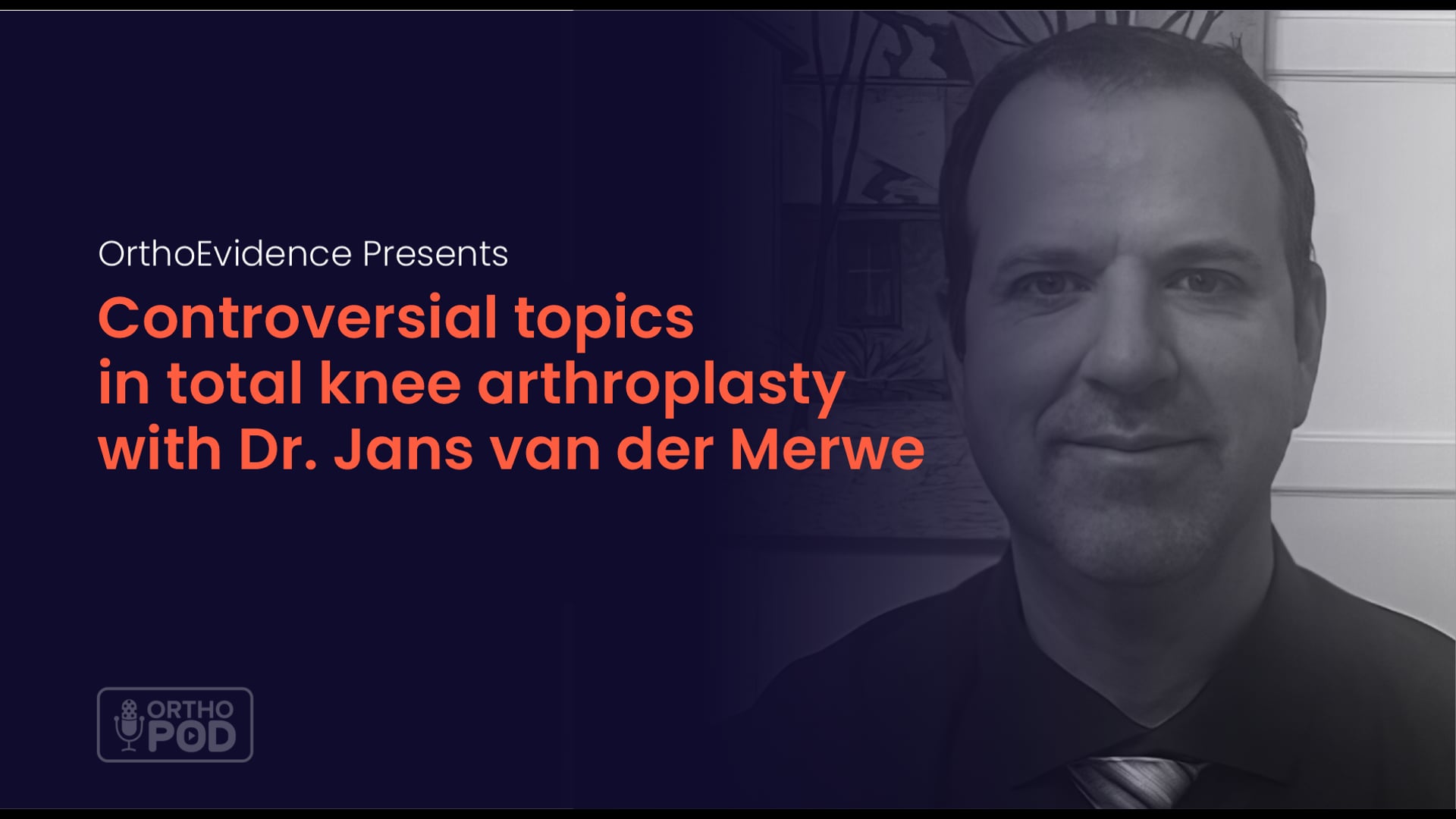
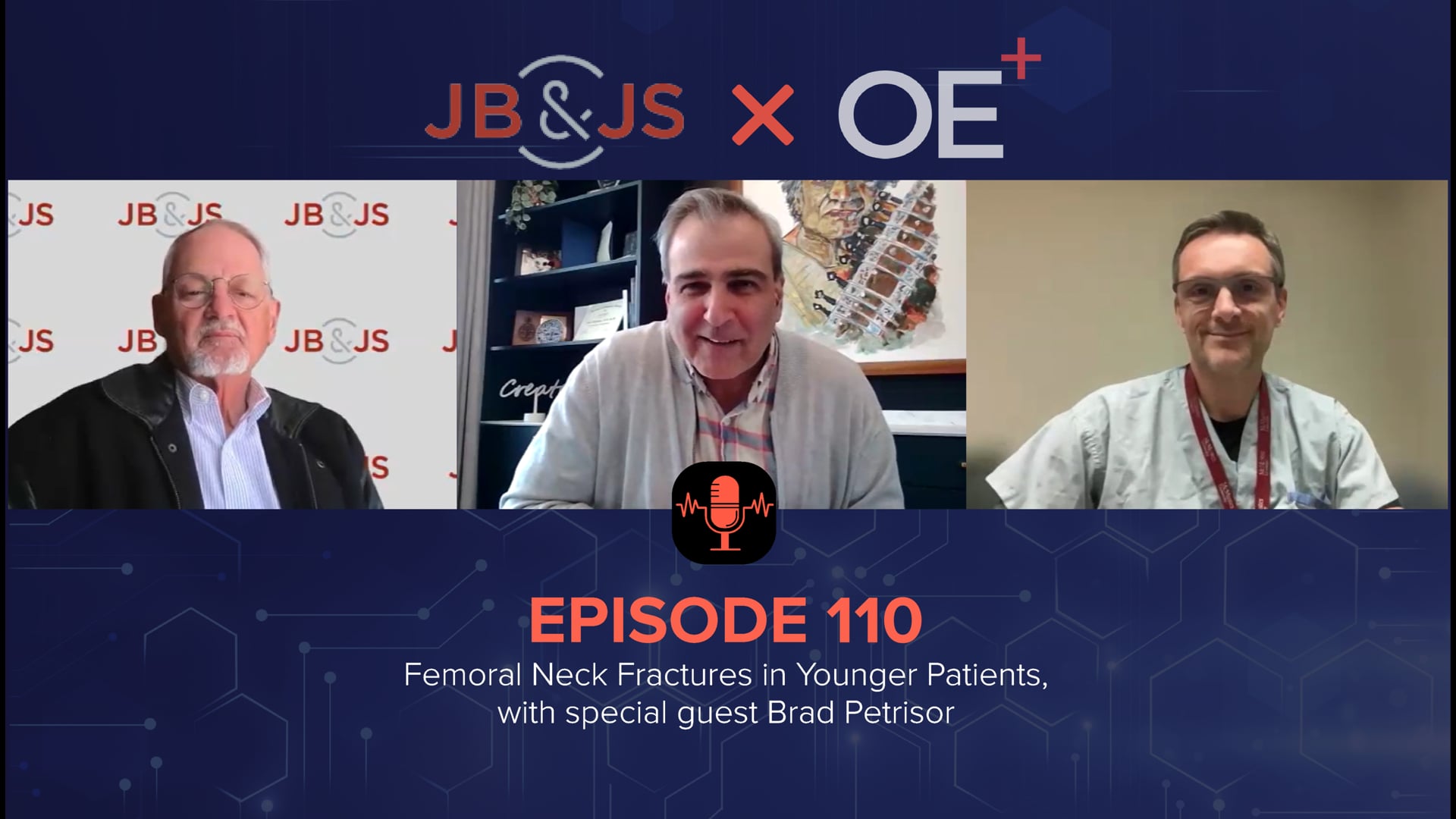
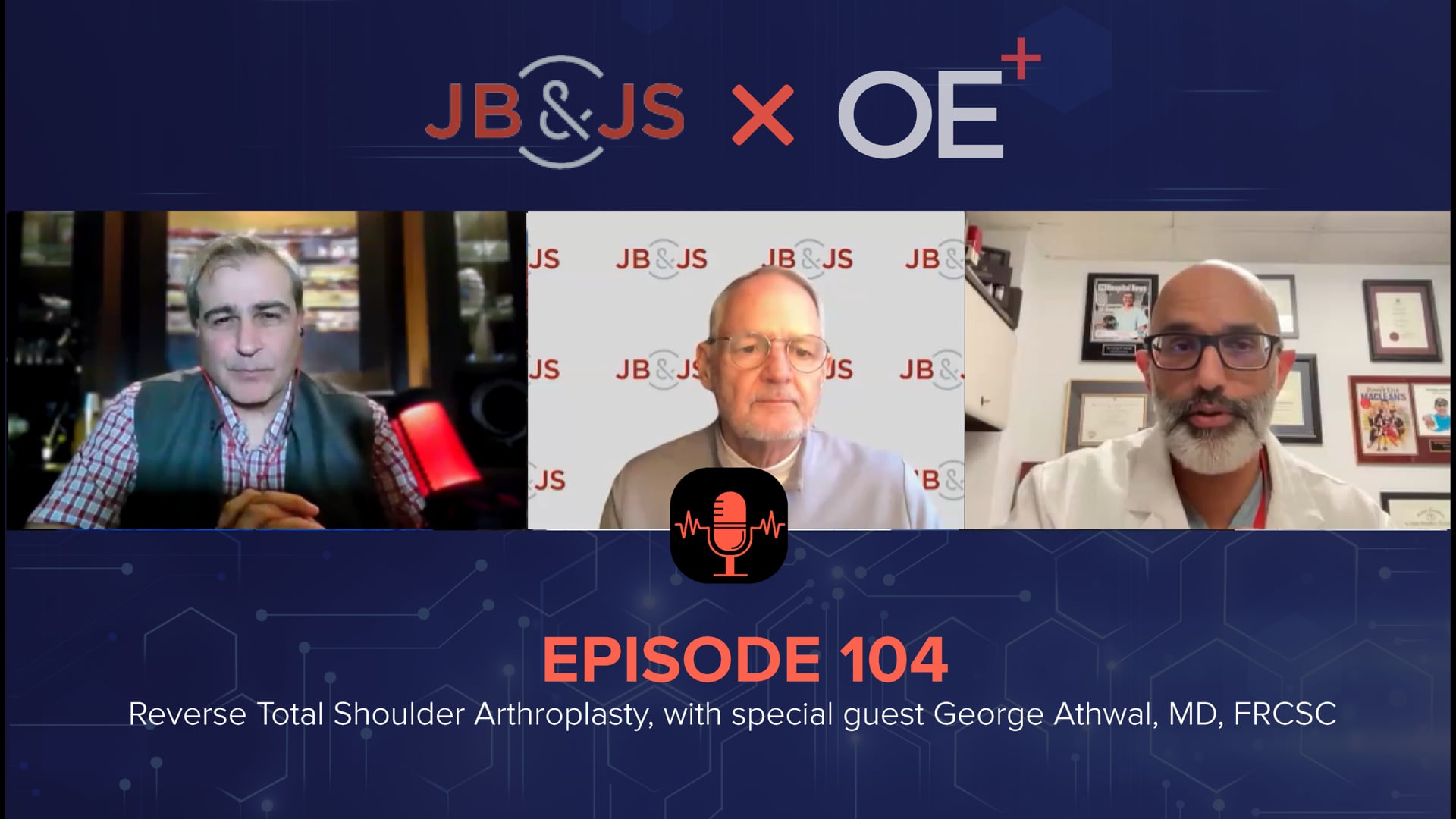
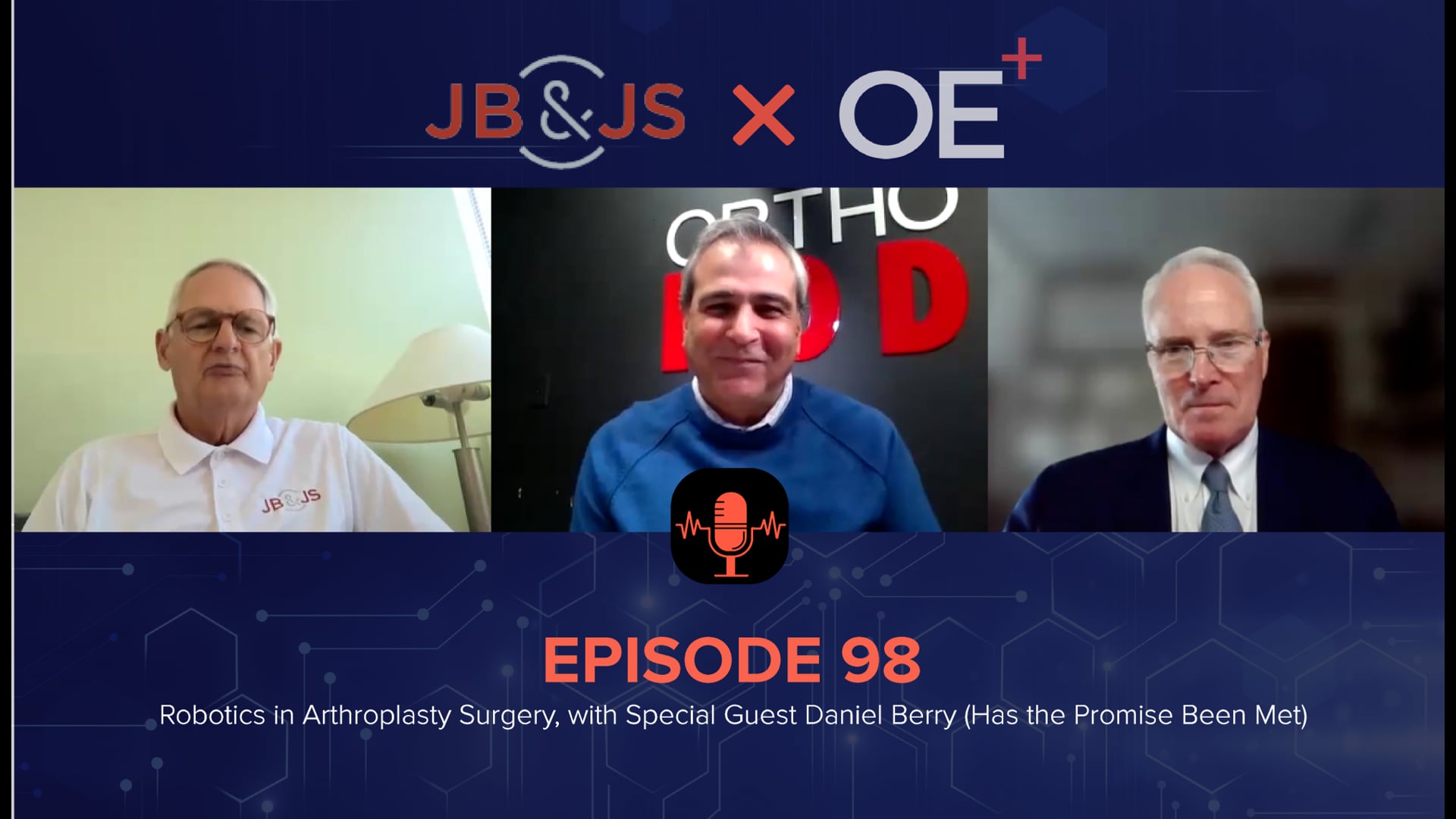
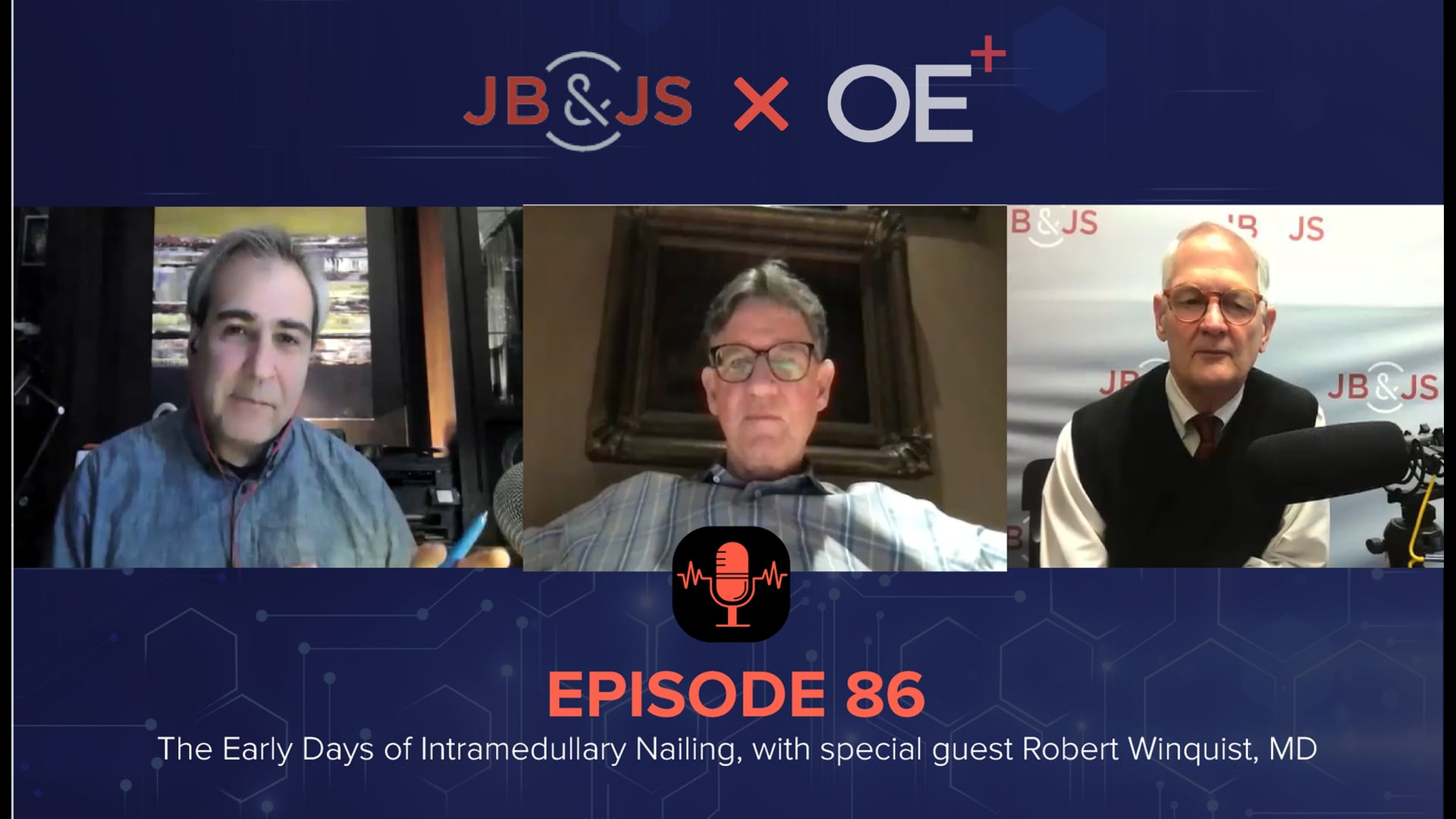
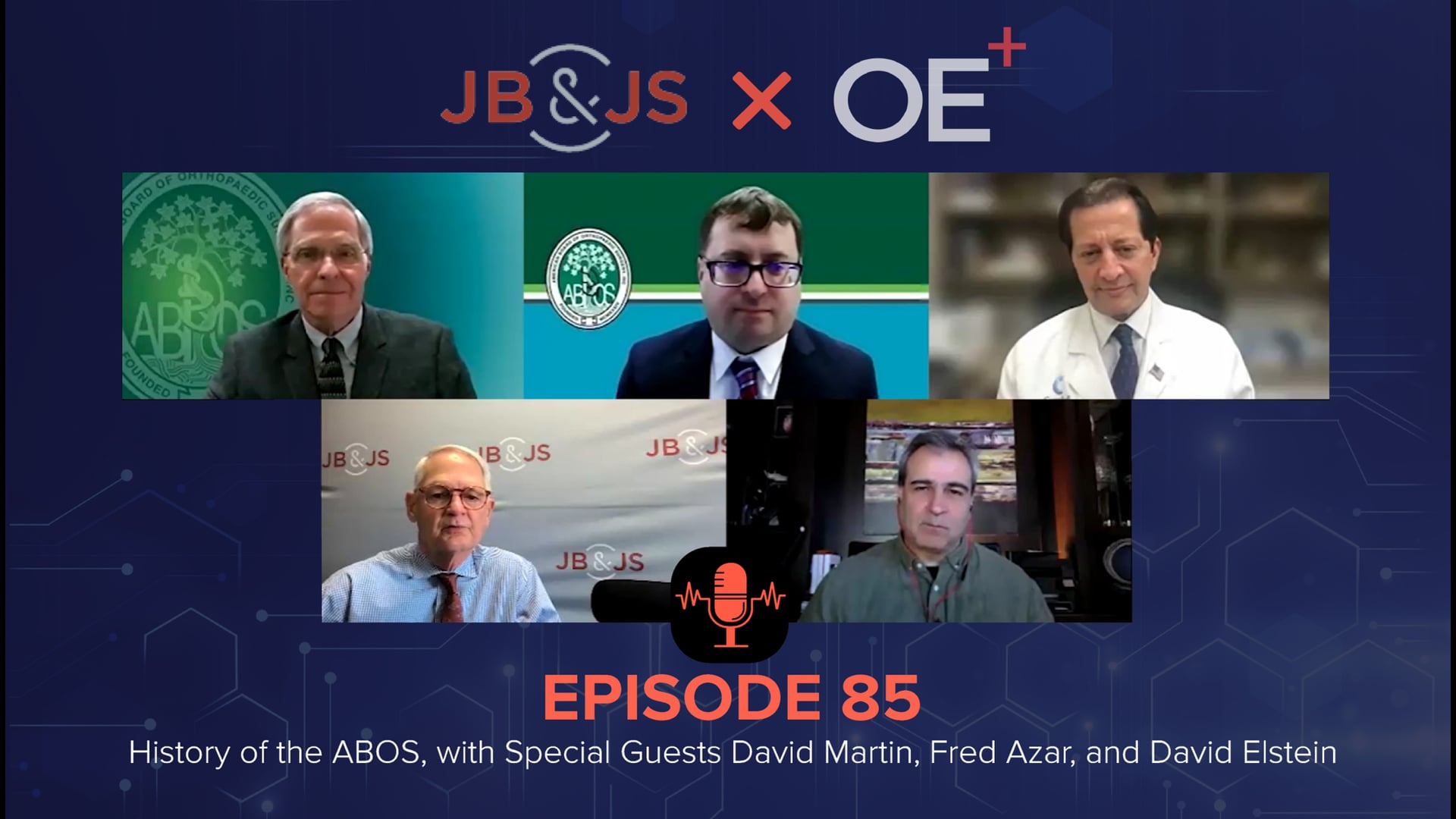
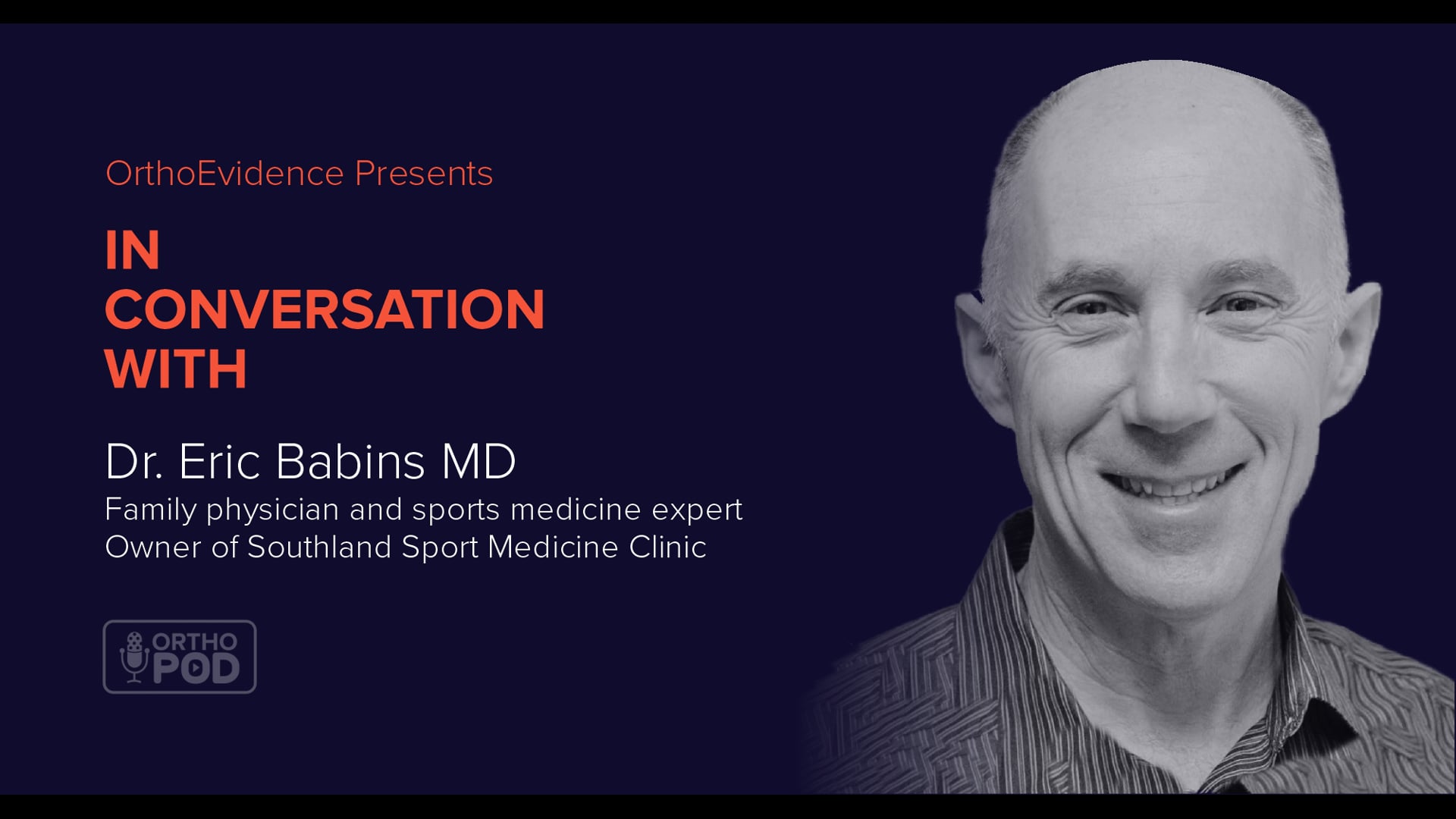
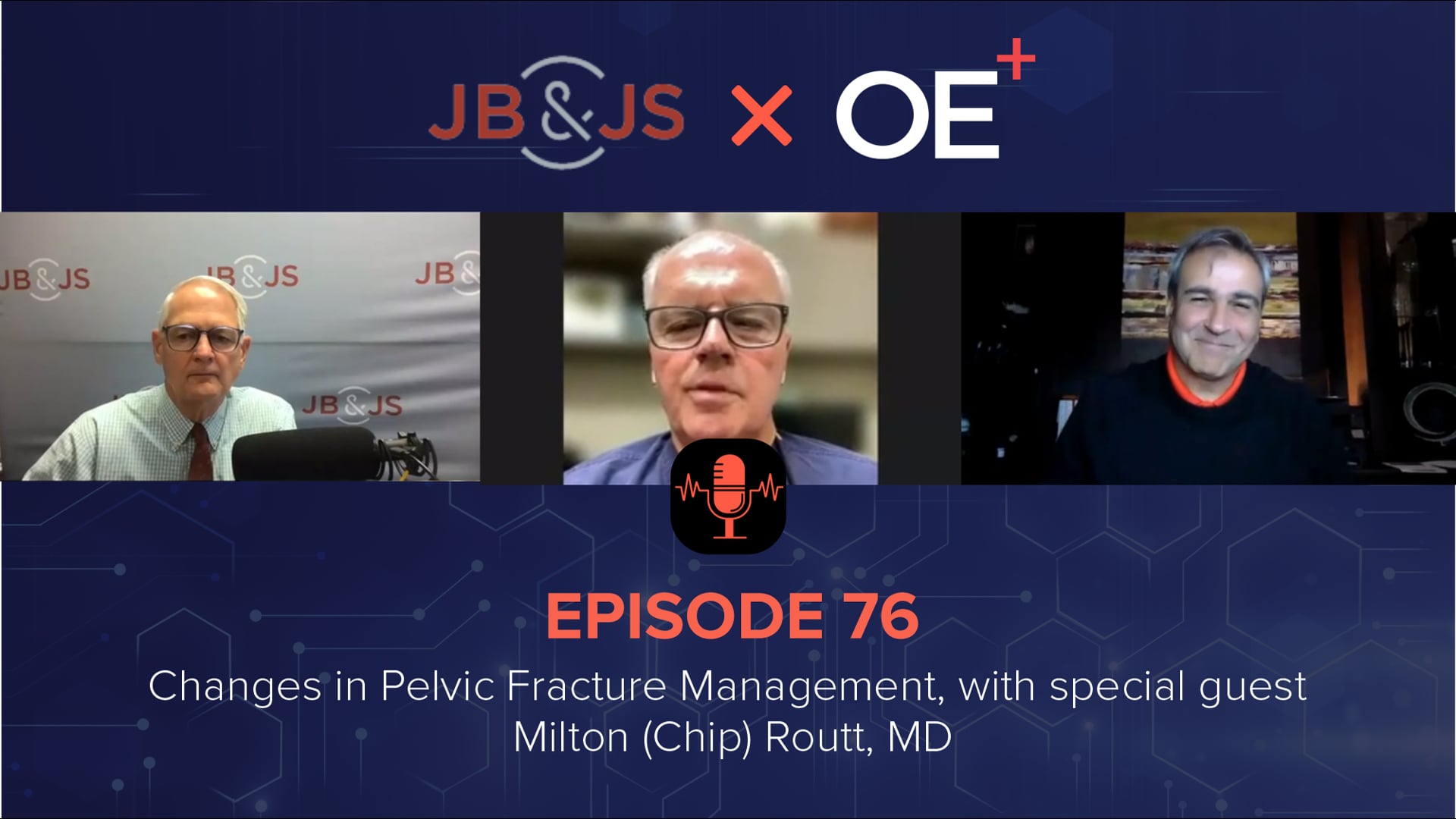
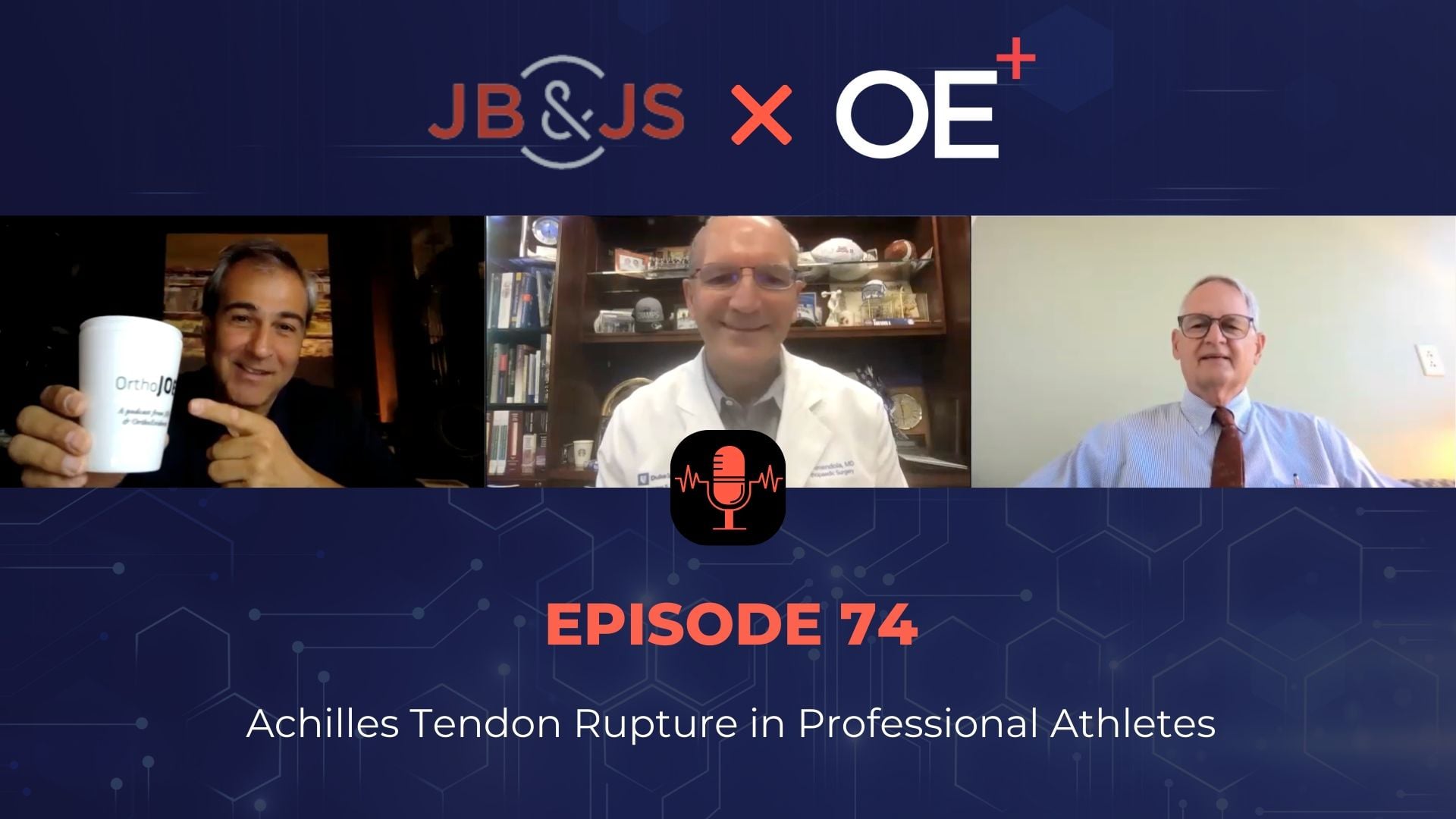
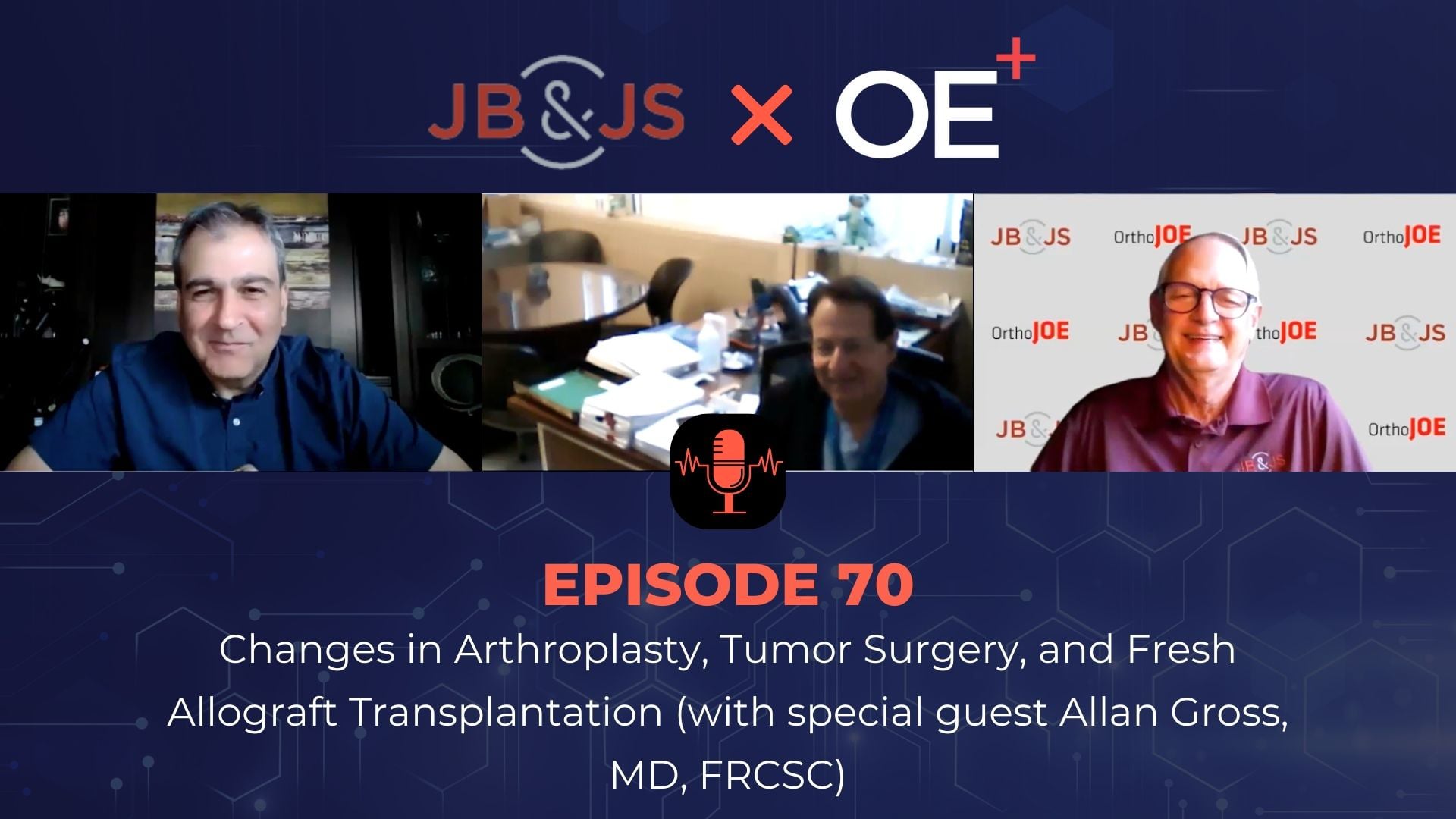
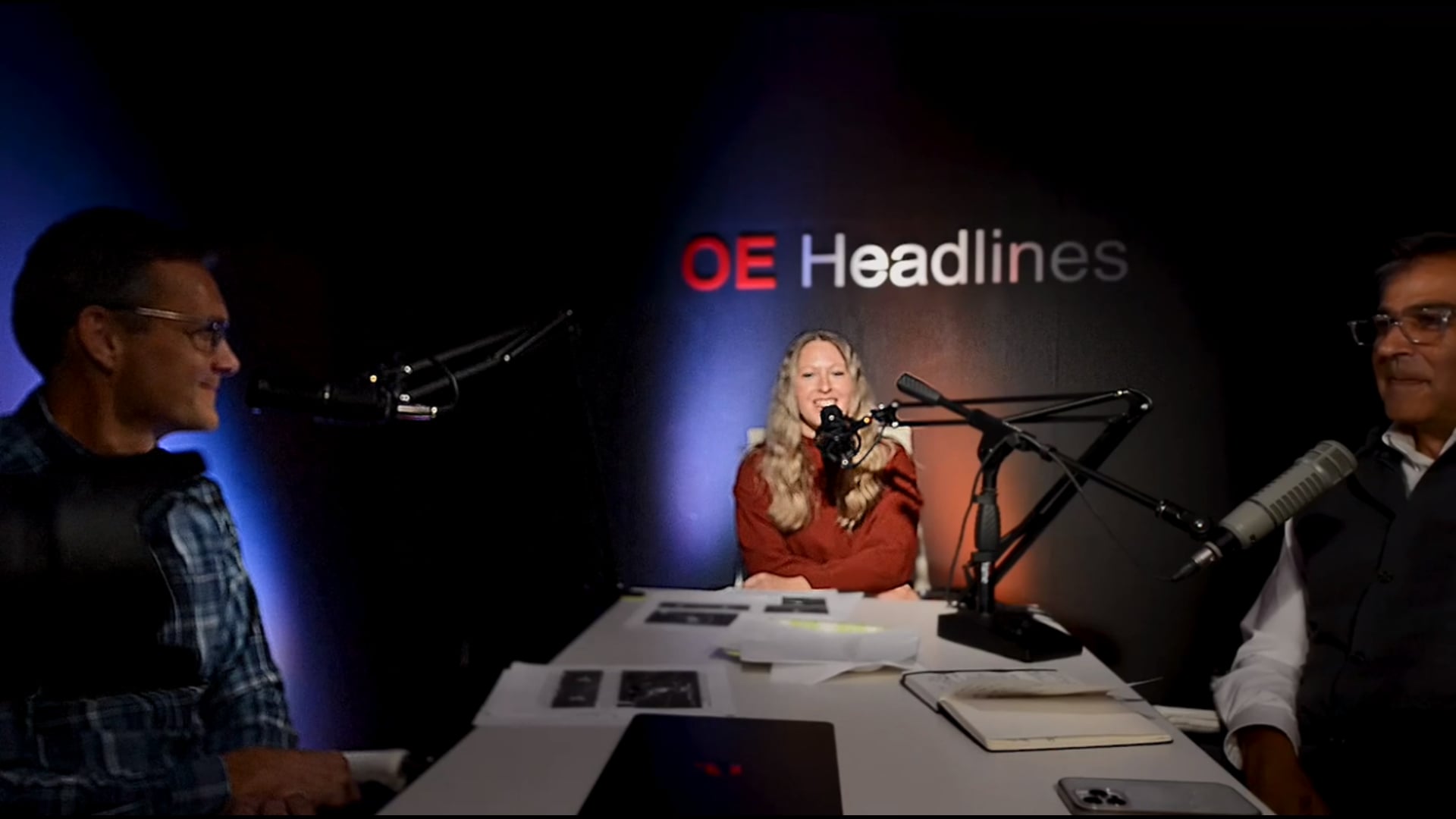
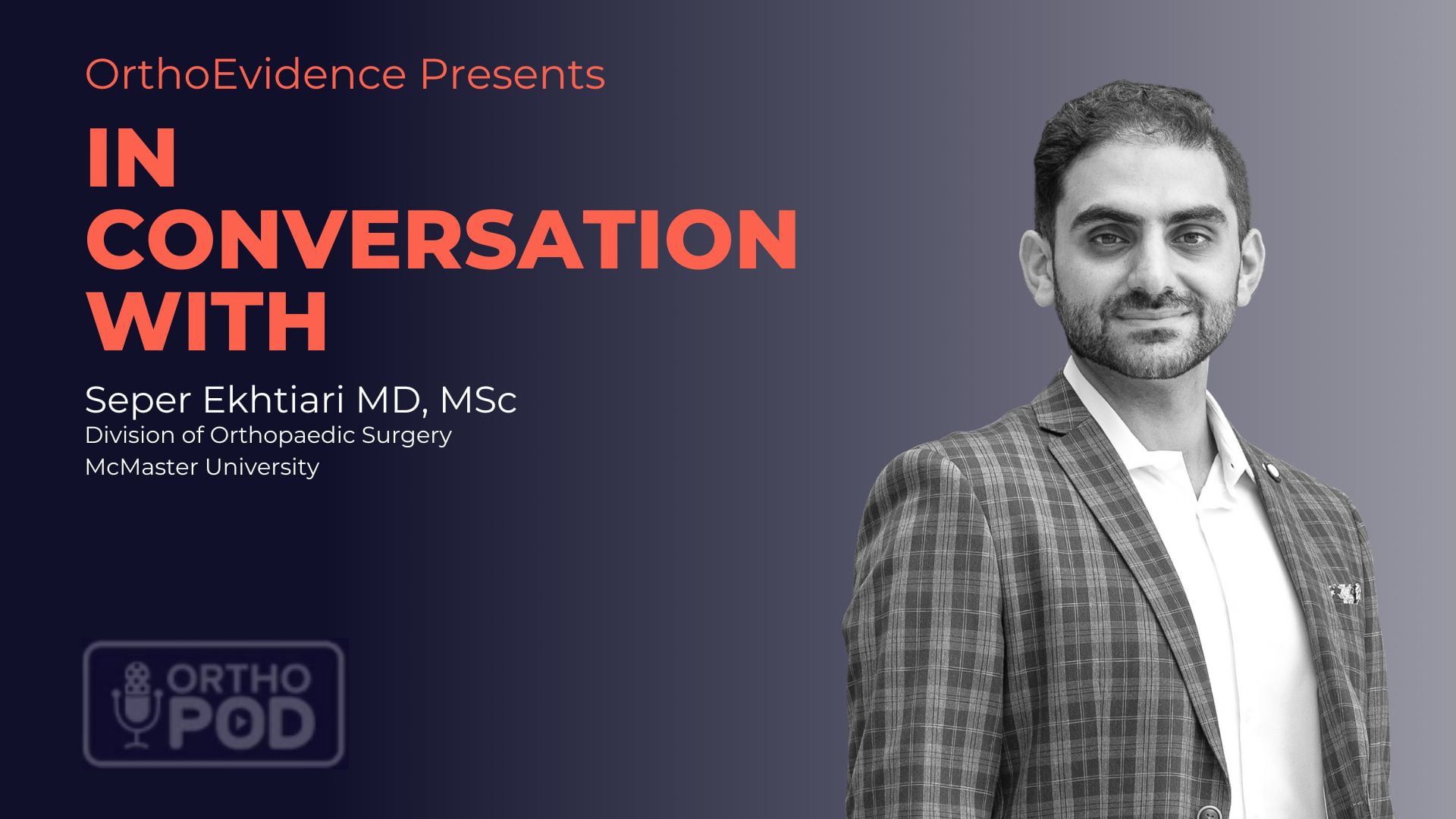
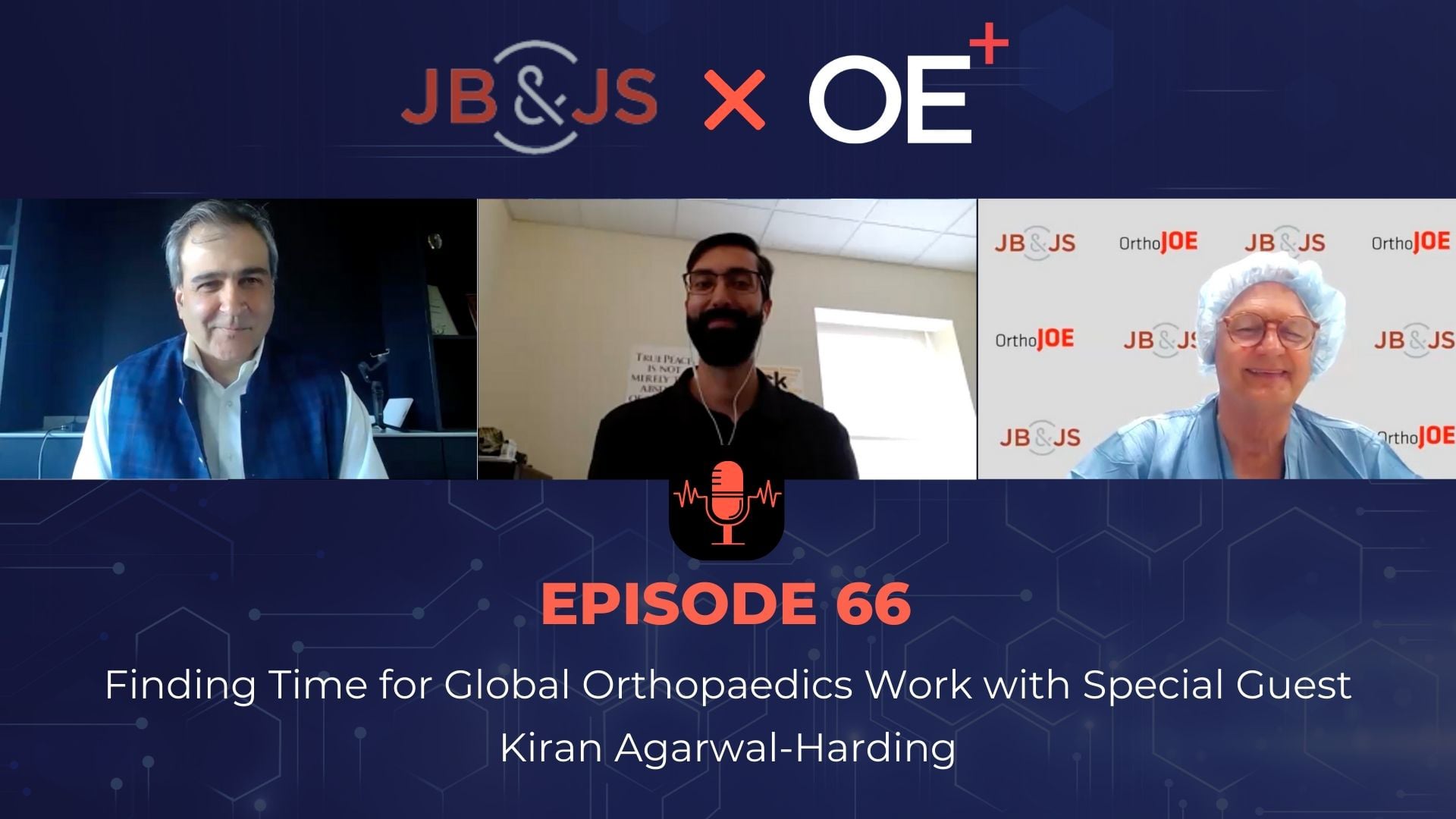
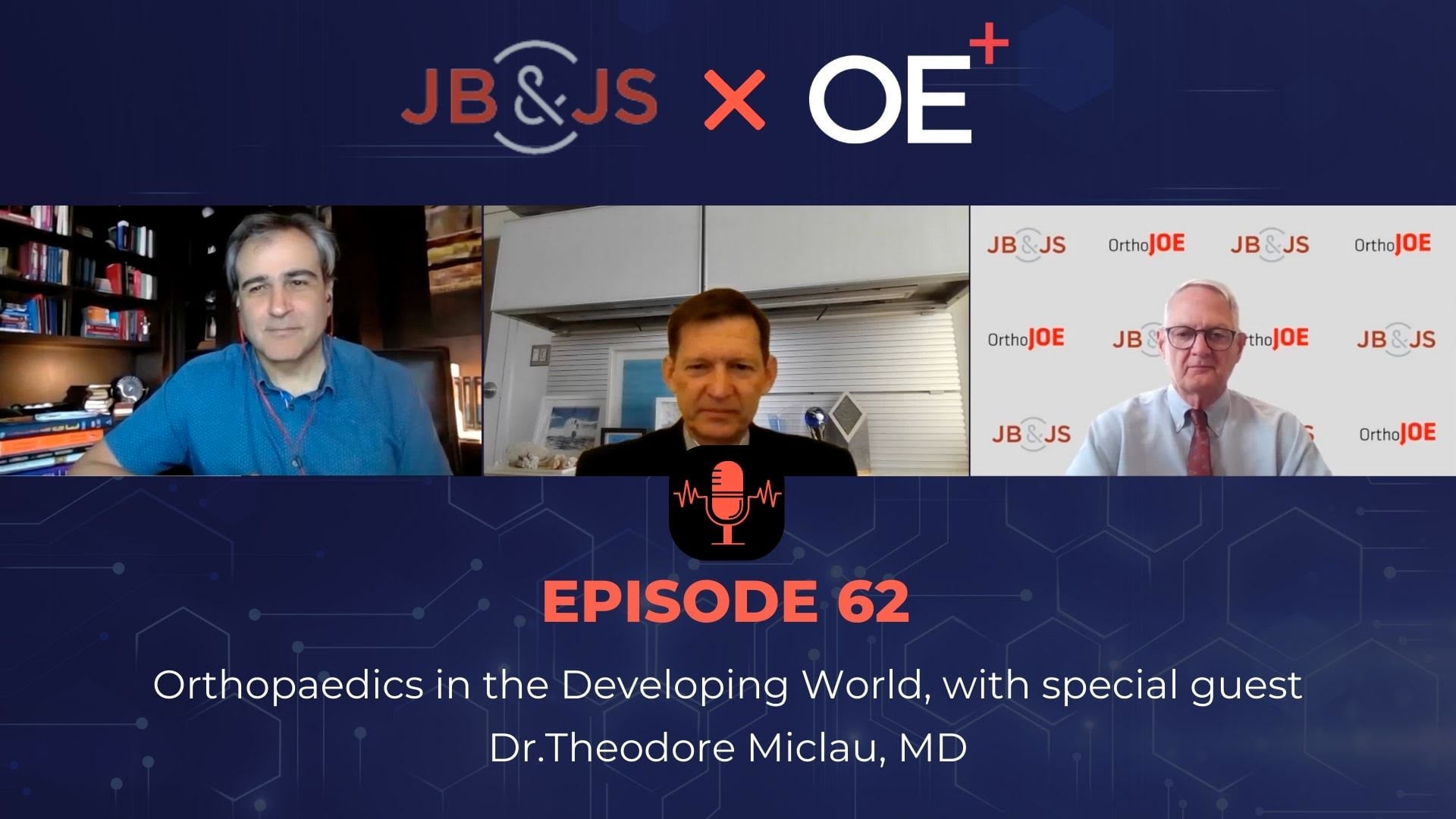
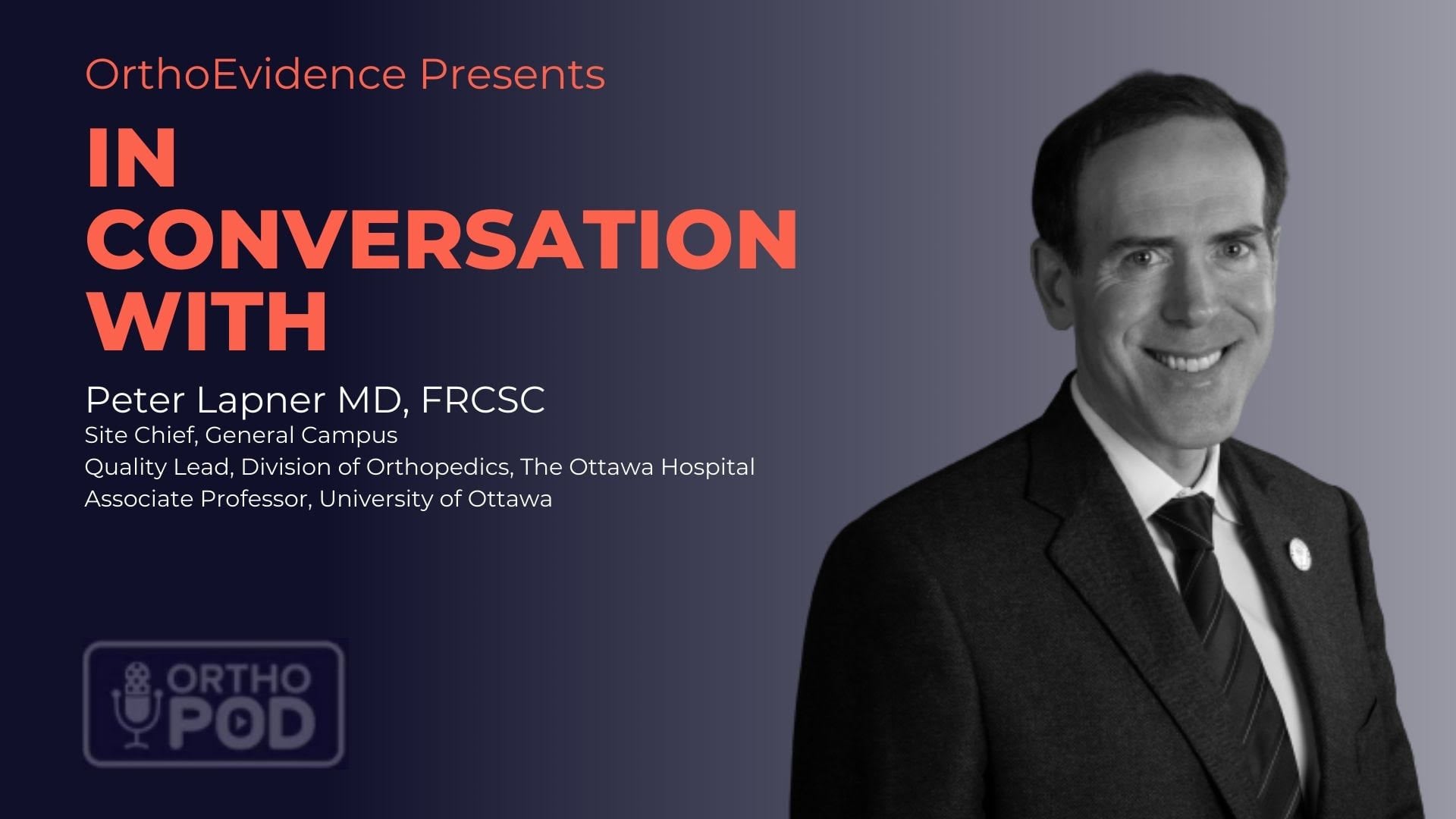
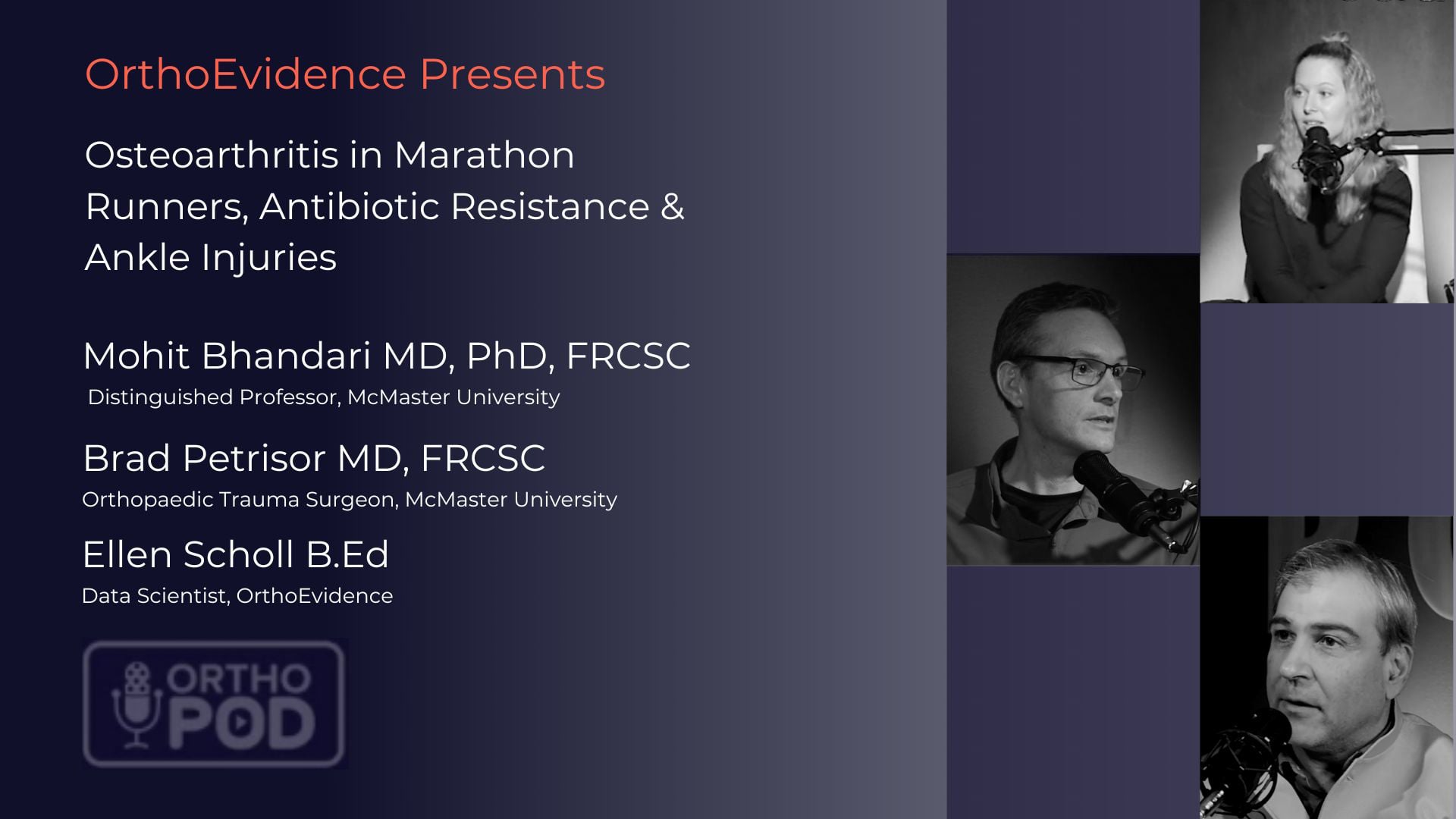
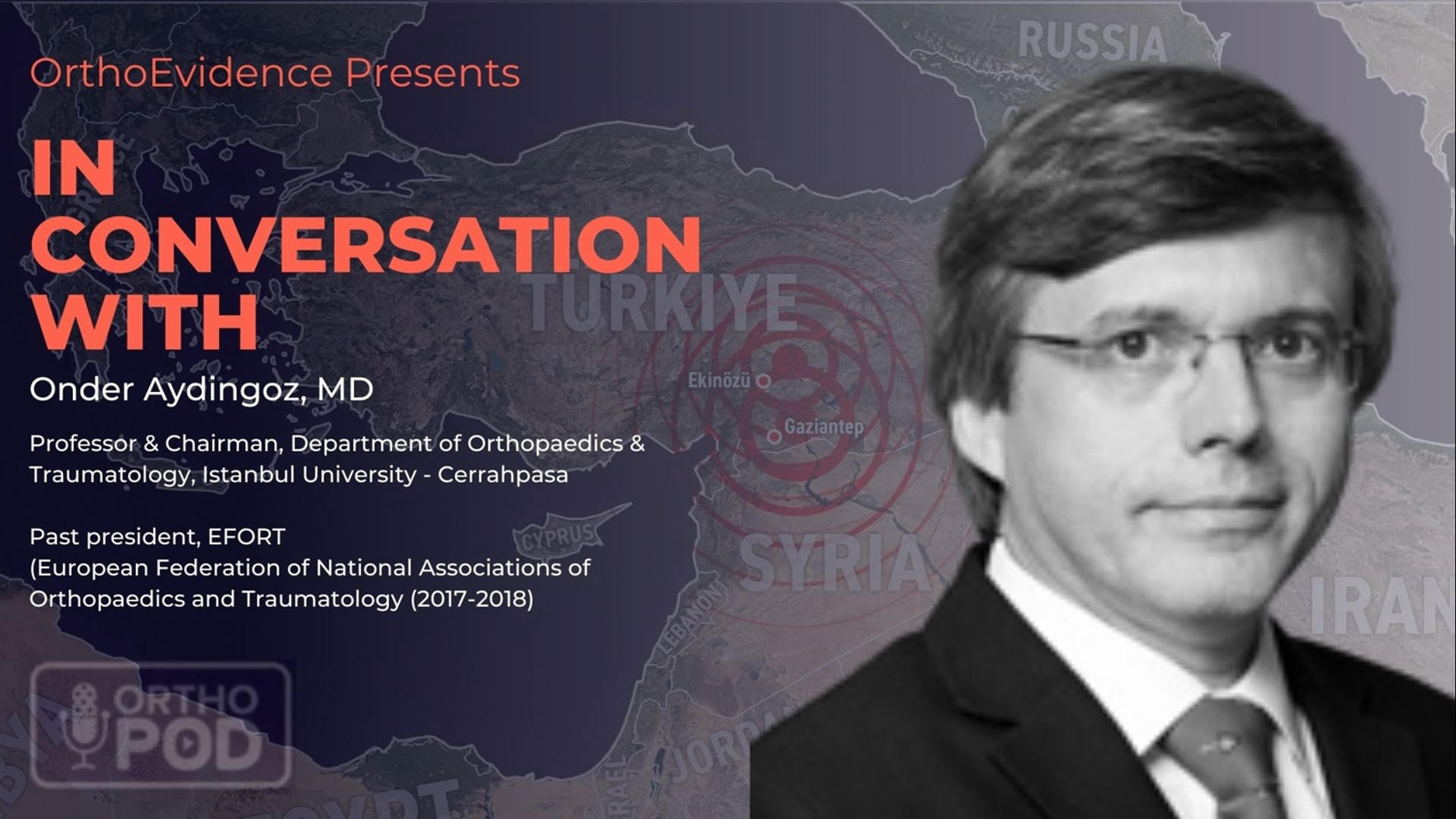

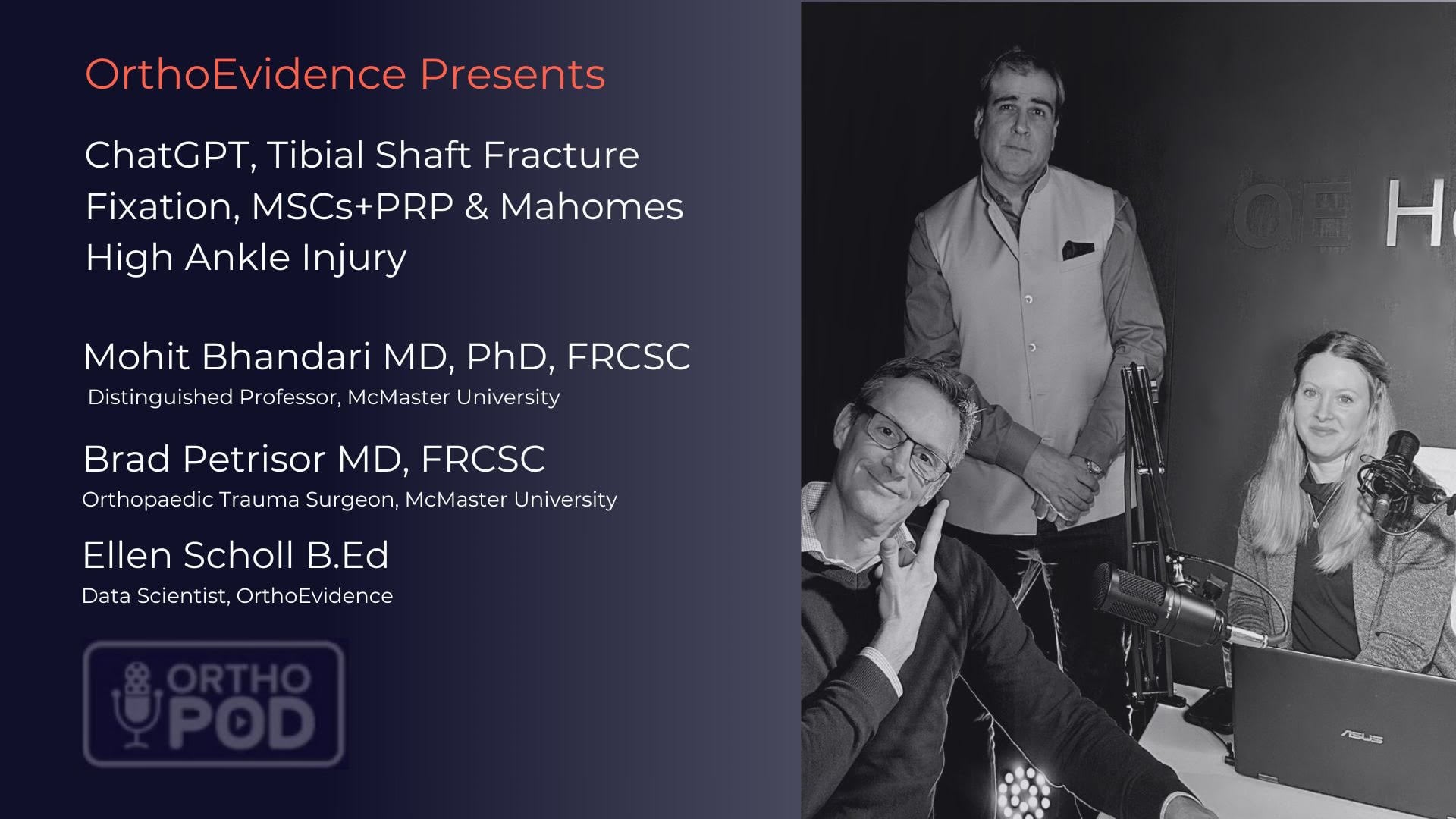
Please Login or Join to leave comments.